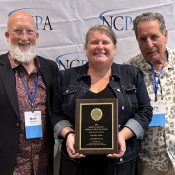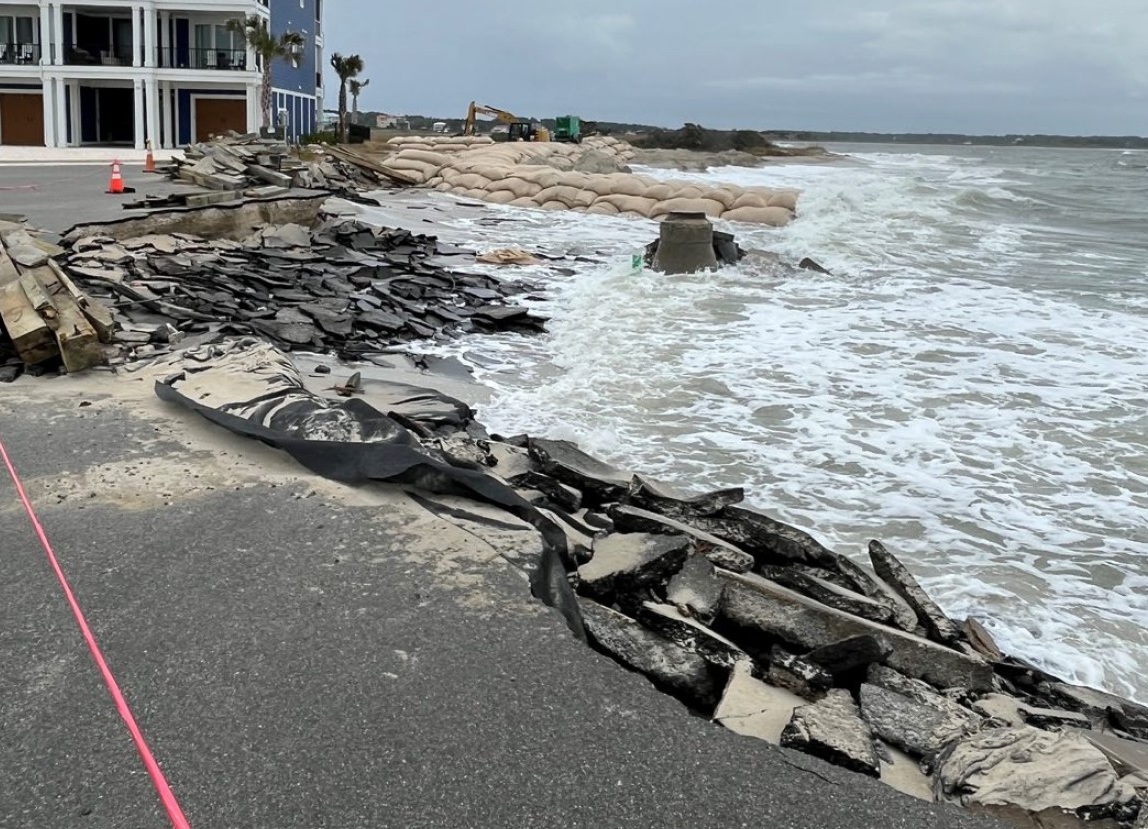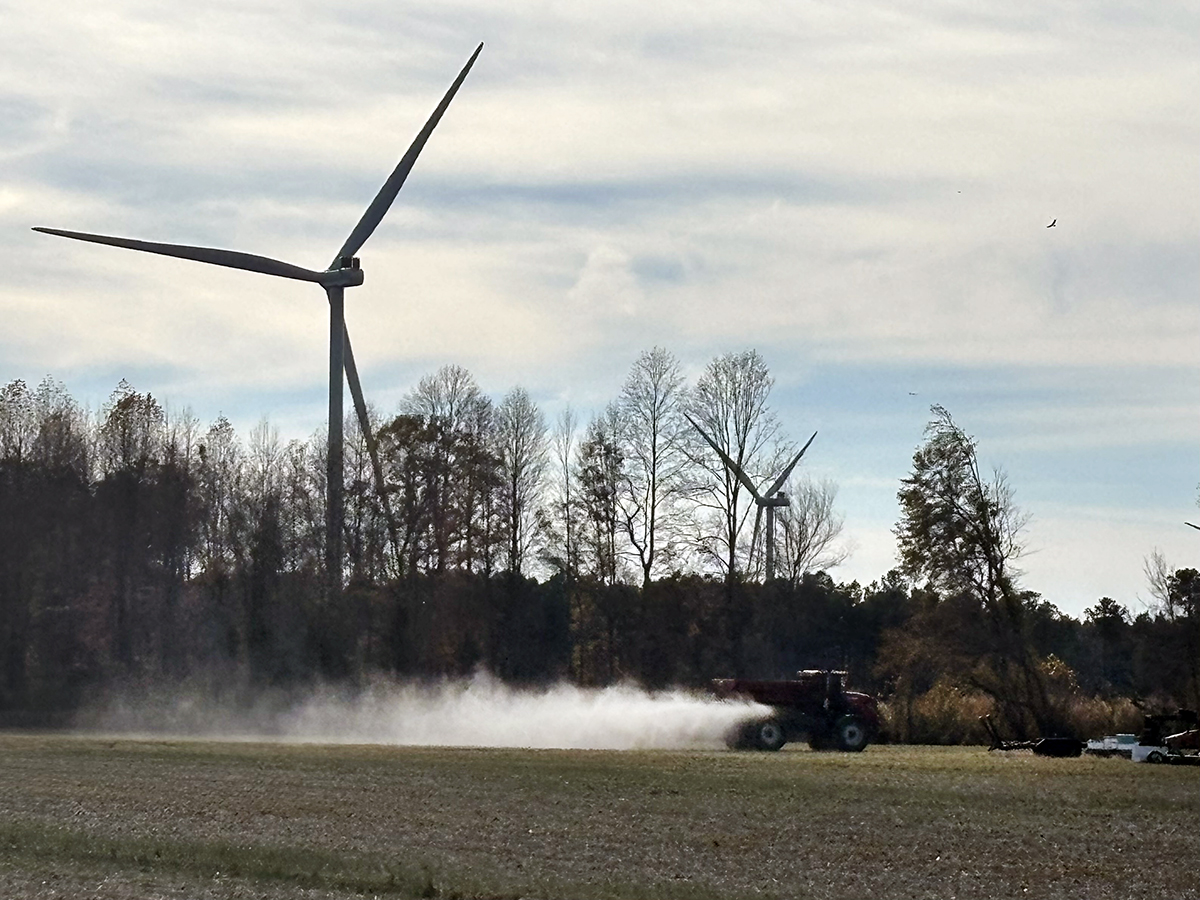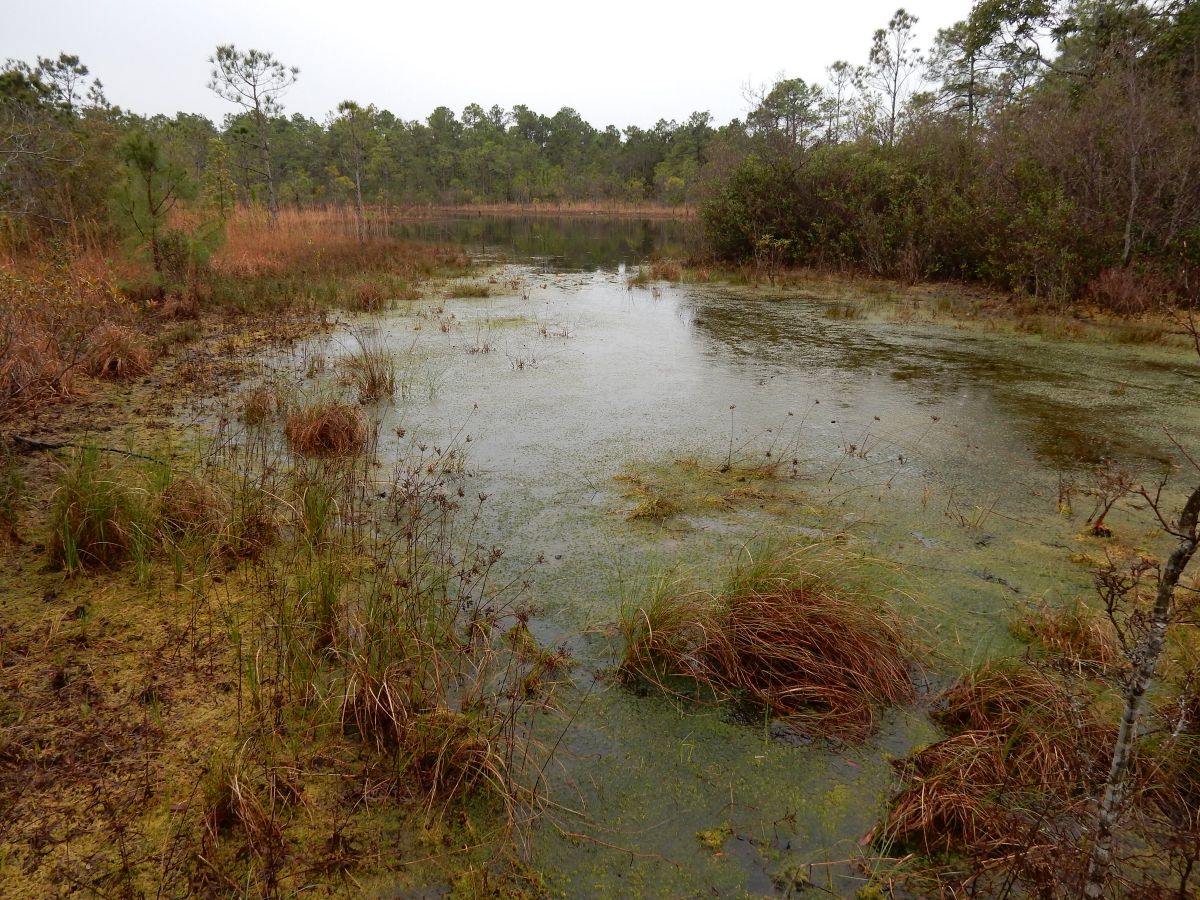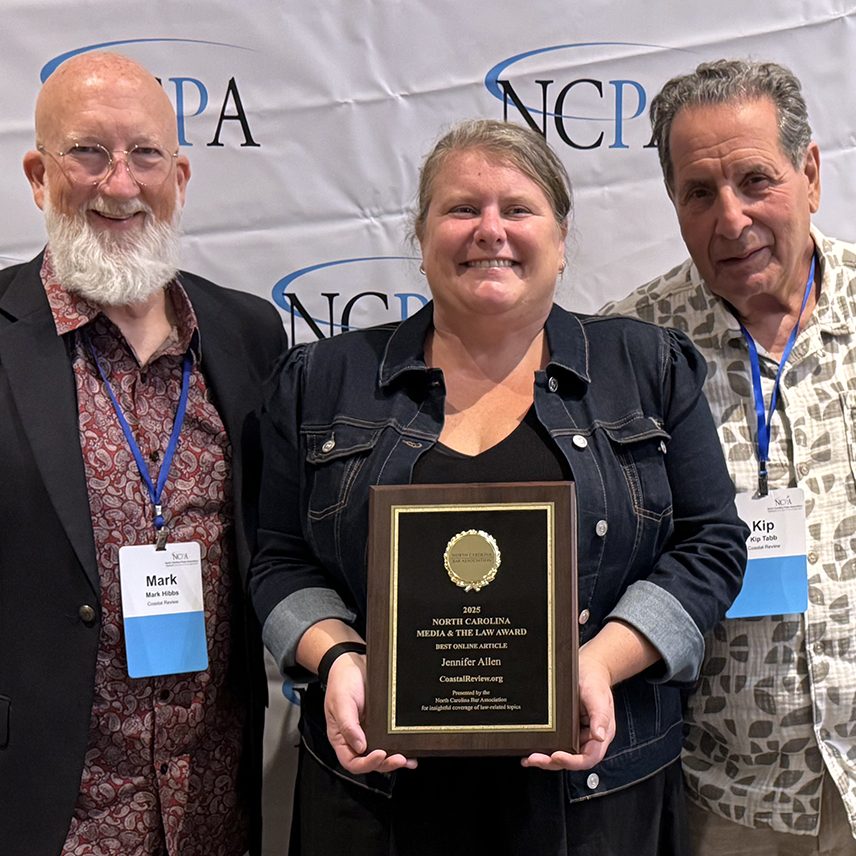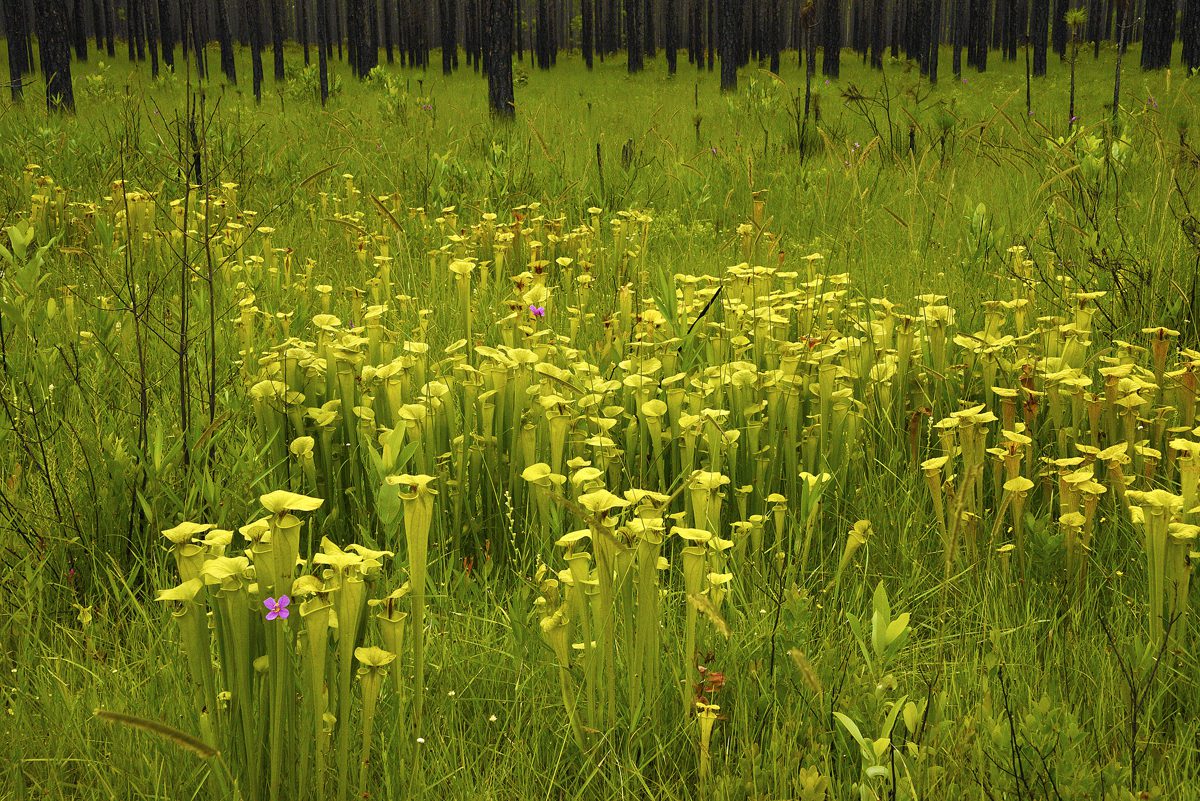
Guest Commentary
To stimulate discussion and debate, Coastal Review welcomes differing viewpoints on topical coastal issues.
Our national forests are special resources that meet the needs of many constituencies and comprise 193 million acres spread across 44 states. In 2001, the federal Roadless Rule was adopted with massive public support, and it now protects 58.5 million acres of roadless national forestland in 39 states.
Supporter Spotlight
Roadless areas across our national forests are very popular with hikers, fishermen, hunters, and more. They also serve as natural repositories for the unique flora and fauna that live in a region.
In the future, expanding urban areas and increased fragmentation of private lands make it likely that the largest and most extensive tracts of undeveloped land will be those in public ownership. But right now, the Roadless Rule and the resource protections it offers are in jeopardy: On Wednesday, the U.S. Department of Agriculture (USDA) opened an official process to revoke the rule.
Here in eastern North Carolina, we are fortunate to have the Croatan National Forest in our backyard. It’s home to some of the few larger tracts of longleaf pine savanna left in North Carolina.
This ecosystem was once one of the most extensive in North America, covering more than 90 million acres. Today less than 6% of this ecosystem is left, up from 3.6% just two decades ago. It’s home to a diverse collection of fish, amphibians — including the gopher frog, Lithobates capito, which is ranked “Near Threatened” by the International Union for Conservation of Nature and is considered endangered, threatened, or of special concern in every state within its range — reptiles, mammals, and birds, such as the federally threatened red-cockaded woodpecker (a longleaf pine savanna obligate).
The Croatan National Forest also contains and protects rare populations of at least 16 species of carnivorous plants including the Venus flytrap, pitcher plant, and sundews, as well as the federally endangered rough-leaved loosestrife (Lysimachia asperulaefolia). This vital habitat is under increasing pressure from development. The Croatan contains four Designated Wilderness Areas – Catfish Lake South, Pocosin, Pond Pine, and Sheep Ridge – totaling over 31,000 acres.
Supporter Spotlight
Additionally, there are thousands of acres of other “inventoried roadless areas” (IRA) contiguous to the Wilderness areas where road construction is regulated by the Roadless Rule.
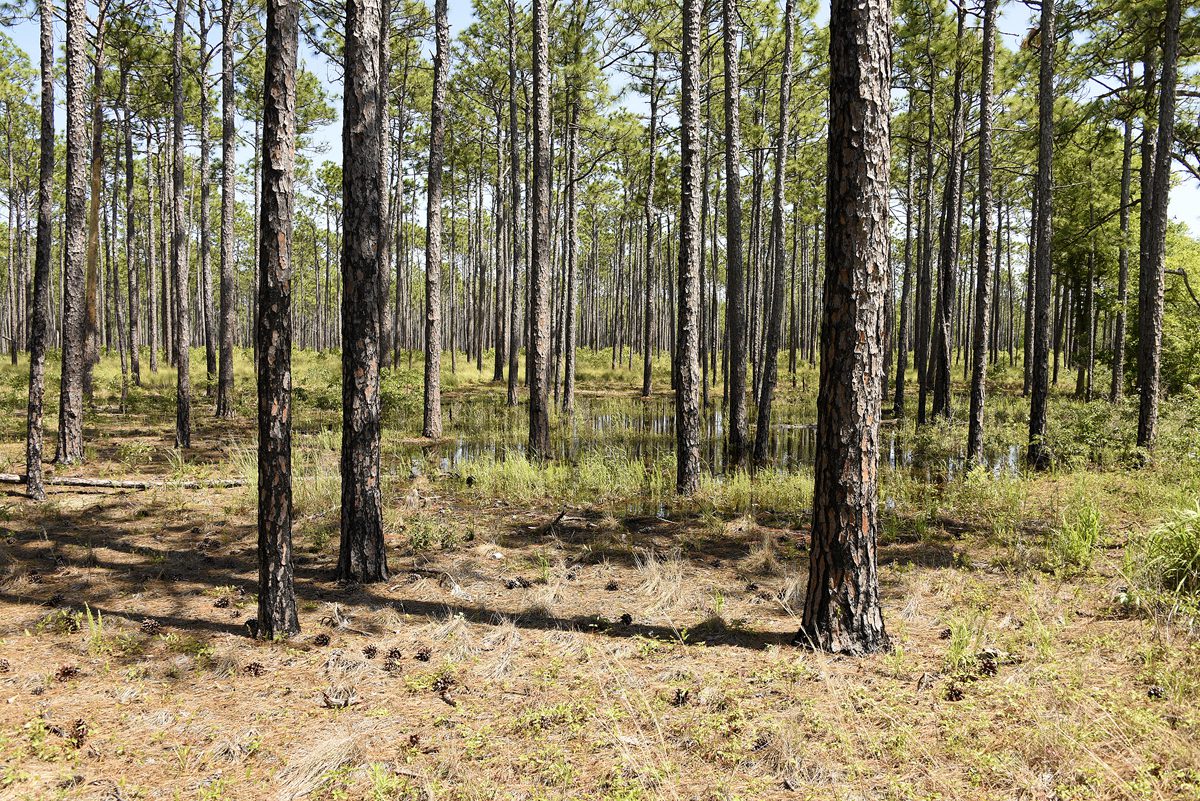
The rescission of the Roadless Rule would remove inventoried roadless areas from special scrutiny and would open these areas to construction of roads to facilitate logging and other industrial activities. Ostensibly, the reason given for this regulatory change is to better manage the roadless areas for fire control, but in reality increases in road construction lead to more fires, according to the Wilderness Society. Roadbuilding in the inventoried roadless areas leads to habitat destruction itself and the activities roadbuilding allows, such as increased logging or other extractive industrial activities, diminish the value of these areas, as well as the value of nearby wilderness areas.
In addition to protecting habitat and acting as a biological reservoir, our National Forests protect water quality of our aquifers and streams. The West Carteret Water Corp. draws its water directly from wells in the Croatan National Forest. Also on the Crystal Coast, the Croatan National Forest drains into Bogue Sound, the White Oak River, and the Neuse River. Increased roadbuilding and industrial access both create runoff and increased pollution to these protected headwaters. This in turn will negatively impact the local commercial and recreational harvest of shellfish and finfish, which the local tourist economy depends on.
Now that the USDA has opened a public comment period on its plan to revoke the Roadless Rule, it is important for all of us to speak out for these areas. Public outcry stopped the proposed sell-off of public lands this past summer as part of the budget bill. Our voices are powerful, and we can use them again to protect these jewels of our National Forest System.
Opinions expressed by the authors are not necessarily those of Coastal Review or our publisher, the North Carolina Coastal Federation.
Coastal Review will not publish Monday in observance of Labor Day.


